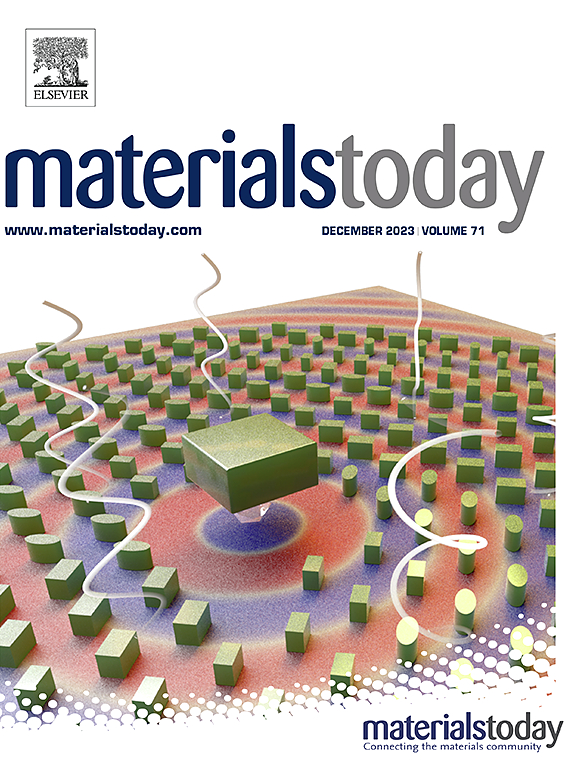显色材料在建筑节能中的应用趋势、适用性评估及未来展望
IF 21.1
1区 材料科学
Q1 MATERIALS SCIENCE, MULTIDISCIPLINARY
引用次数: 0
摘要
随着城市化的不断发展,建筑能耗不断升级,使用显色材料优化建筑表面颜色的策略为节能提供了更多的可能性。目前,大多数相关研究都集中在显色材料的性能和应用上,而没有考虑其适用性。本文首先对建筑中的三种显色材料(光致变色材料、热致变色材料和电致变色材料)进行了研究,并对它们进行了分类,探讨了它们的变色机理。阐述了它们在建筑围护结构中的应用现状。其次,基于中国100个典型城市的天气条件和温度变化,引入天气尺度指数(WSI)和日温指数(DTI),定量评价中国不同地区显色材料的适宜性。最后,利用WSI和DTI,建立了显色材料适用性(CMA)模型,为全球适合采用显色材料的地区和气候带提供科学指导。研究结果表明,低纬度、高海拔、日温差较大的地区更适合显色材料的部署。综合考虑显色材料的特性、机理、太阳辐射强度、温度分布等,定量分析显色材料在不同地区的应用前景,为评价建筑能耗提供理论依据,促进显色材料在建筑节能中的广泛应用。本文章由计算机程序翻译,如有差异,请以英文原文为准。
Chromogenic materials in building energy efficiency: application trends, suitability assessment and future prospects
With the continuous development of urbanization, building energy consumption is escalating, and the strategy of using chromogenic materials to optimize surface colors in buildings provides more possibilities for energy savings. Currently, most related research focuses on the performance and applications of chromogenic materials without considering their applicability. This paper first investigates three types of chromogenic materials in buildings (photochromic, thermochromic, and electrochromic materials), categorizes them, and explores their color-changing mechanisms. It elaborates on their current applications in building envelope structures. Secondly, based on weather conditions and temperature variations in 100 typical cities in China, this study introduces the weather scaling index (WSI) and diurnal temperature index (DTI) to quantitatively assess the suitability of chromogenic materials in different regions of China. Finally, using WSI and DTI, a chromogenic material applicability (CMA) model is developed to provide scientific guidance for regions and climatic zones globally suitable for adopting chromogenic materials. The research results indicate that regions characterized by low latitude, high altitude, and significant daily temperature differences are more suitable for deploying chromogenic materials. By comprehensively considering the characteristics, mechanisms, solar radiation intensity, and temperature distribution of chromogenic materials, this paper quantitatively analyzes the application prospects of these materials in different regions, providing a theoretical basis for evaluating building energy consumption and promoting the widespread application of chromogenic materials in building energy conservation.
求助全文
通过发布文献求助,成功后即可免费获取论文全文。
去求助
来源期刊

Materials Today
工程技术-材料科学:综合
CiteScore
36.30
自引率
1.20%
发文量
237
审稿时长
23 days
期刊介绍:
Materials Today is the leading journal in the Materials Today family, focusing on the latest and most impactful work in the materials science community. With a reputation for excellence in news and reviews, the journal has now expanded its coverage to include original research and aims to be at the forefront of the field.
We welcome comprehensive articles, short communications, and review articles from established leaders in the rapidly evolving fields of materials science and related disciplines. We strive to provide authors with rigorous peer review, fast publication, and maximum exposure for their work. While we only accept the most significant manuscripts, our speedy evaluation process ensures that there are no unnecessary publication delays.
 求助内容:
求助内容: 应助结果提醒方式:
应助结果提醒方式:


